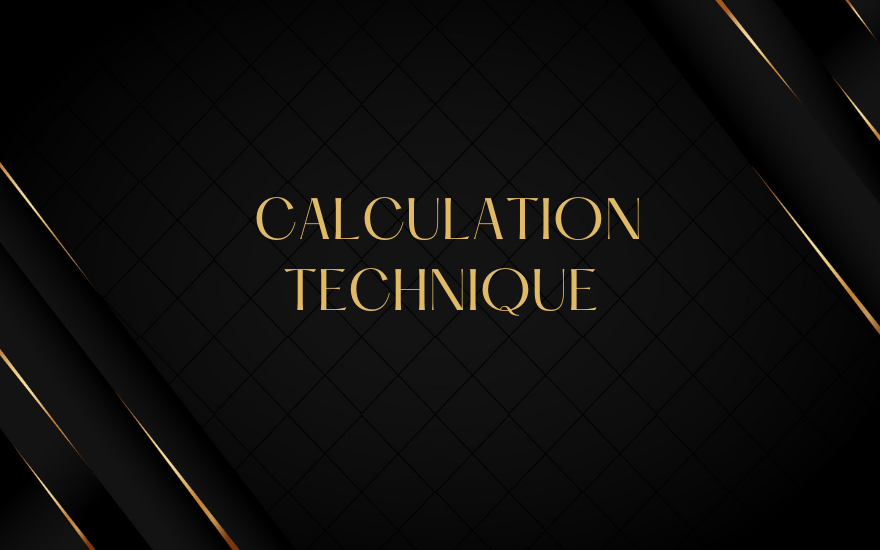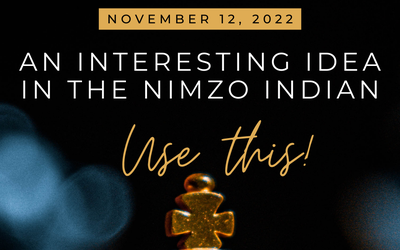
Struggling with calculation? Have a look here.
Reading this post till the end is guaranteed to improve your calculation technique. Let's expose your flaws in calculation as a foundation step towards tactical prowess. Consider the position below. It is White to play and win. Note: This position may expose your flaws in calculation. Take your time to solve it. No rushing! Keep reading once you think you have a solution and do not read the notation or explanation before that!If you do not have a disciplined calculation technique, chances are this is what you did:
- Started calculating Qb8+ Immediately.
- Realised there is nothing.
- Maybe saw Bc1 or g3 to attack the rook. Concluded also does not do anything.
- Then you saw Rd1 and thought the position was solved since the knight would have to move and then the rook on f4 would fall and ended your calculation.
- If you did not end your calculation on the previous step then end it by saying 'best black can do is Qg6 after Rd1 and then I just win by playing g3'.
Thus, failing to solve the problem correctly.
This is what the right technique is :
- First, count the material - This tells you how much you can sacrifice if required.
White is down a pawn in the position above.
- Check Opponent's threat (indescribably underrated and underused): This tells you what kind of move may be required (active or prophylactic?). If your opponent has a serious threat, it may be a good option to stop it, else look for active ideas.
Black wants to play fxg2 or Qg6. Hard to stop them without conceding weaknesses so look for active options.
- This next step is critical: Before you start calculating, ask yourself, 'What are my options?' - This is the best piece of calculation advice you will ever receive. This should include checks, captures, forcing moves and calm moves.
The options here are Qb8+ (Check), Bc1 (Forcing move), g3 (Forcing move), and Rd1 (Forcing move). Note: Captures like Qxf4, Qxd5 and Qxg7 can be instinctively rejected and no useful calm moves can be seen in this position.
- Suppose you start calculating a move which leads to complex variations. You try to go through branches of variations eventually concluding it is too hard to calculate this move precisely.
- Suddenly you realise, " Oh wait! I just have this simple option, Why didn't I see this earlier?". The reason is that you didn't consider your options beforehand. Considering your options first will make your calculation much more efficient as you will develop a sense of which moves you should be calculating first.
- Now you can start calculating a move and are much more likely to find the right solution.
Remark: While calculating, options for both yourself and your opponent must be considered. Suppose I play X, and my opponent can respond with A, B, C. Let me first calculate what happens if he plays A....., Now let me see what happens if he plays B.... and so on.
Based on your list, you would most likely start by Qb8, conclude it does not do much and go straight to Rd1 as it may seem intuitively correct. You will then see your opponent's options and think about 1.. Qg6. Now only 2 practical options, g3 or g4! Some of you may not even consider g4 but it is a legitimate option. Realise g3 fails to Rf5 and play g4 TO WIN THE GAME!!
Summary of the technique:
Material
Opponent's threat. [Underutilised]
'What are my options ?' [ Underrated, use before beginning calculation and wherever branches occur]
Go through each move in the list until you have a decision. (Of course, no need to check other moves if your first consideration from the list checkmates or leads to heavy material gain)
Bonus Remarks
Whenever you are stuck, consider your opponent's idea and your options!
Never stop calculation on an attacking move!
Most of the moves you missed during a game were checks, captures and other forcing moves.
If you want to do something and your opponent is stopping you from doing it, ask yourself, 'Can I do it anyway?' Act accordingly.
Next steps...
If you liked the study and my analysis, feel free to ask me any questions or topics you would like me to cover / coaching inquires via my email:
More blog posts by Tanmaychopra

Crush the Alien Gambit: for once and for all
As you may know, the alien gambit has become trendy against Caro-Kann in fast chess games thanks to …